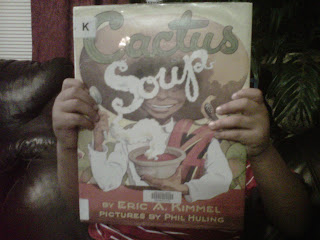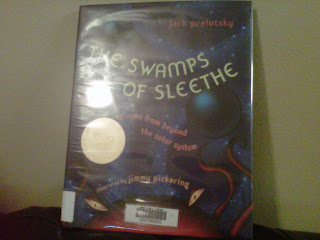Hesse, Karen. (1998). Just Juice. New York: Scholastic Press.
Literary Genre: Realistic Fiction (Chapter Book)
The Faulstich family is going through a hard time. Pa has difficulty keeping work and is depressed. Ma is pregnant and has gestational diabetes. Juice is in trouble with the truant officer because she does not go to school as she should. Markey and Charleen (Juice’s older sisters) worry about Juice. Juice, Markey, and Charleen pitch in to care for the two little ones, Lulu and Turtle. They barely have enough food to eat, so when Pa gets a letter saying they have to pay taxes or lose their house, he keeps it a secret from Ma. It seems like the Faulstich’s are doomed. Can Juice get her family through these hard times and deal with her own secret?
Hesse successfully captures the essence of a family’s bond and love. Throughout all these hardships, the Faulstich’s encourage one another, support each other, and remain hopeful that things will get better. The language has some slang that might stump some young readers in the beginning but it allows the reader to visualize the characters. Hesse also does a nice job of addressing the challenges that people with reading disabilities face in their day-to-day lives. My only criticism is that there is not a sequel.





















